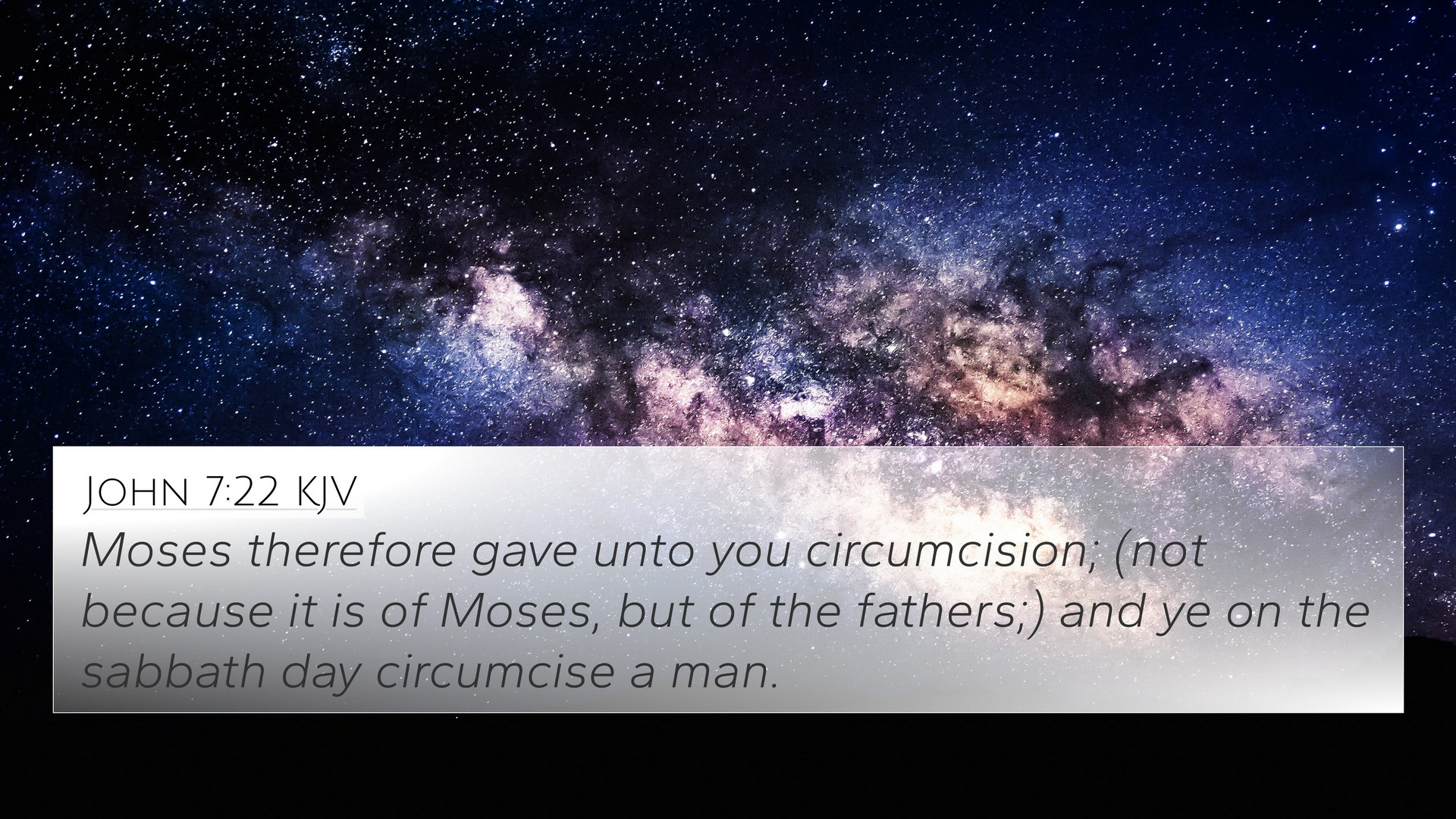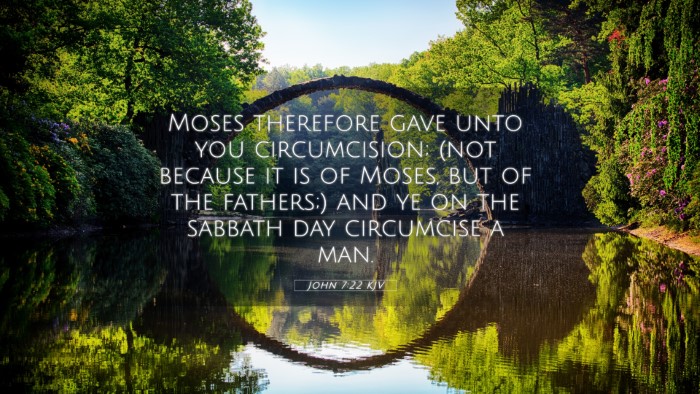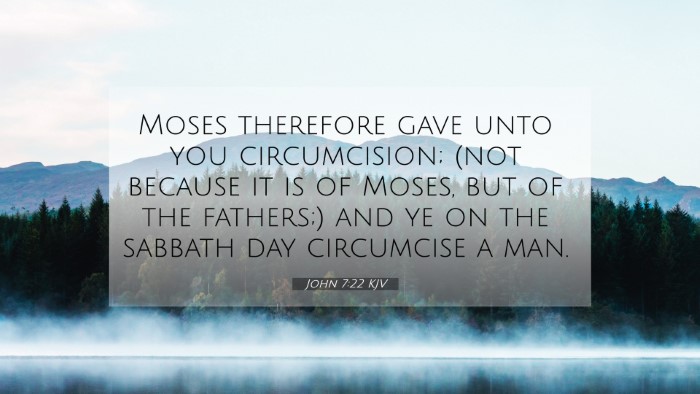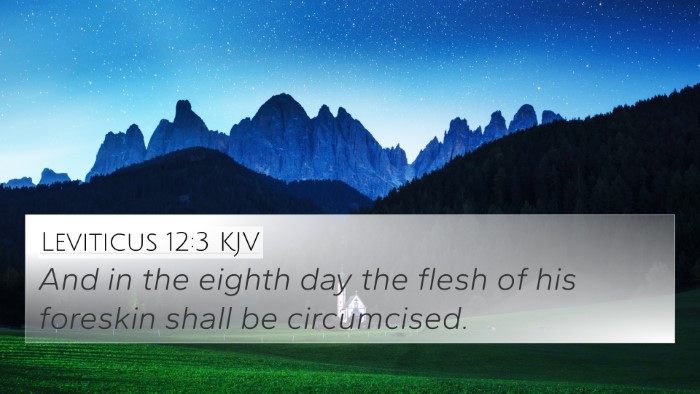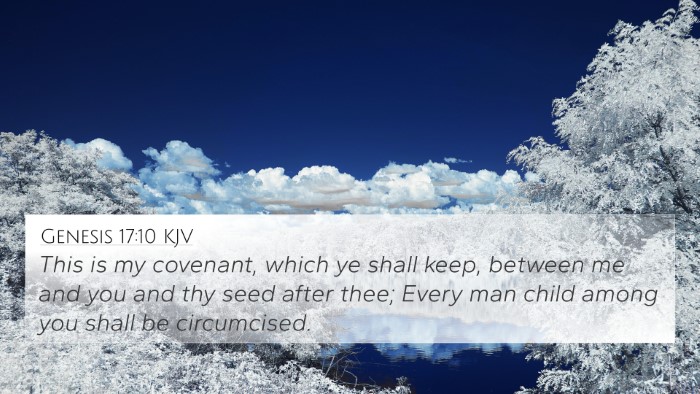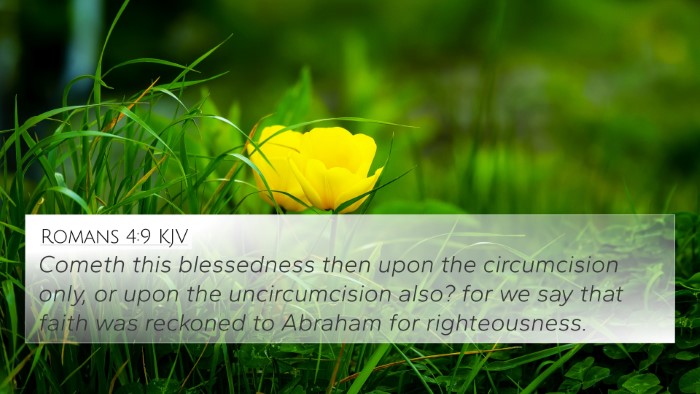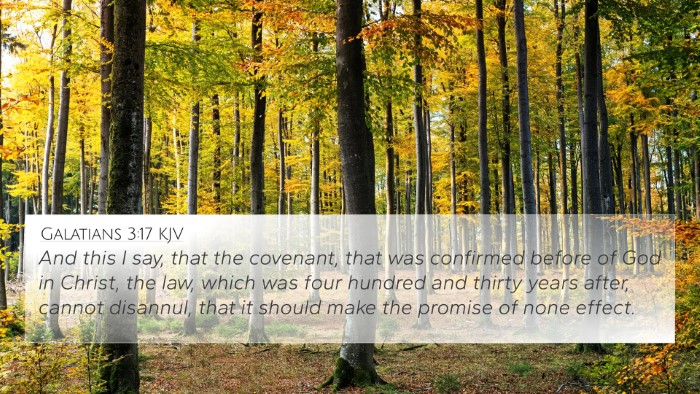Understanding John 7:22
John 7:22 states: "Moses therefore gave unto you circumcision; (not because it is of Moses, but of the fathers;) and ye on the sabbath day circumcise a man." This verse raises significant theological questions about the law, tradition, and the nature of Jesus' ministry as it relates to the Mosaic Law and its observance.
Contextual Background
The verse appears in the context of Jesus' debate with Jewish leaders during the Feast of Tabernacles. The discussion centers around the lawful observance of the Sabbath and the broader implications of Mosaic Law. Here, Jesus highlights the inconsistency in their interpretation of the law, specifically regarding circumcision.
Commentary Insights
The following insights from public domain commentaries enrich our understanding:
-
Matthew Henry emphasizes the significance of circumcision as a command from God given to Abraham, which predates the law given to Moses. He notes how the Jewish leaders were willing to uphold the tradition of circumcision even on the Sabbath, yet they sought to condemn Jesus for healing on that same day. This highlights their legalism and hypocrisy.
-
Albert Barnes draws attention to the distinction between what Moses commanded and the traditions that the Pharisees had added. He suggests that the law was not meant to be burdensome and that the act of circumcision does not violate the Sabbath; therefore, they should not find fault in Jesus' miracles on that day.
-
Adam Clarke offers a deep dive into the cultural and historical significance of circumcision, explaining its importance as a culturally binding practice for the Jews. He argues that if the Jews could make exceptions for circumcision, they should extend the same grace to Jesus' acts of mercy, underlining the intent of the law versus its rigid application.
Thematic Connections
This verse is part of a larger narrative that interrogates themes of obedience, mercy, and legalism, prompting important theological reflection. Below are notable thematic connections and cross-references:
- Matthew 12:10-12 - Jesus heals on the Sabbath, challenging the Pharisees' understanding of the law.
- Luke 13:15-16 - A similar incident occurs where Jesus justifies healing a woman on the Sabbath.
- Romans 2:25-29 - Paul discusses the nature of circumcision and its spiritual significance versus physical observance.
- Galatians 5:2-6 - Paul warns against relying on law for justification, emphasizing faith in Christ.
- Colossians 2:11-12 - Discusses circumcision made without hands, representing spiritual renewal through Christ.
- Hebrews 8:6-7 - Highlights the superiority of the new covenant over the old, relating to the concept of physical versus spiritual obedience.
- John 5:1-9 - Another instance where Jesus heals on the Sabbath, inviting scrutiny and debate from Jewish authorities.
Inter-Biblical Dialogue
The connections between this scripture and other Bible verses underscore a broader dialogue throughout the texts. By exploring these links, we uncover:
- Genesis 17:10 - The command of circumcision given to Abraham – foundational for understanding its importance.
- Exodus 31:14 - Establishes the Sabbath as holy, intensifying the debate on its observance versus acts of mercy.
Tools for Bible Cross-Referencing
To further explore and analyze these themes, various resources are available for effective cross-referencing:
- Bible concordance to identify keywords and themes.
- Bible cross-reference guide to offer alternate perspectives on verses.
- Cross-reference Bible study methods to deepen understanding.
- Comprehensive Bible cross-reference materials for extensive research.
Conclusion
In conclusion, John 7:22 serves as a pivotal moment reflecting the ongoing tension between the law and Jesus' teachings about grace and mercy. The insights from various commentators illustrate the multilayered meanings behind the scripture, laying the groundwork for a deeper understanding of the New Testament's relationship to the Old Testament. By employing cross-referencing techniques, we can explore the rich theological implications and interconnections across the Bible.
